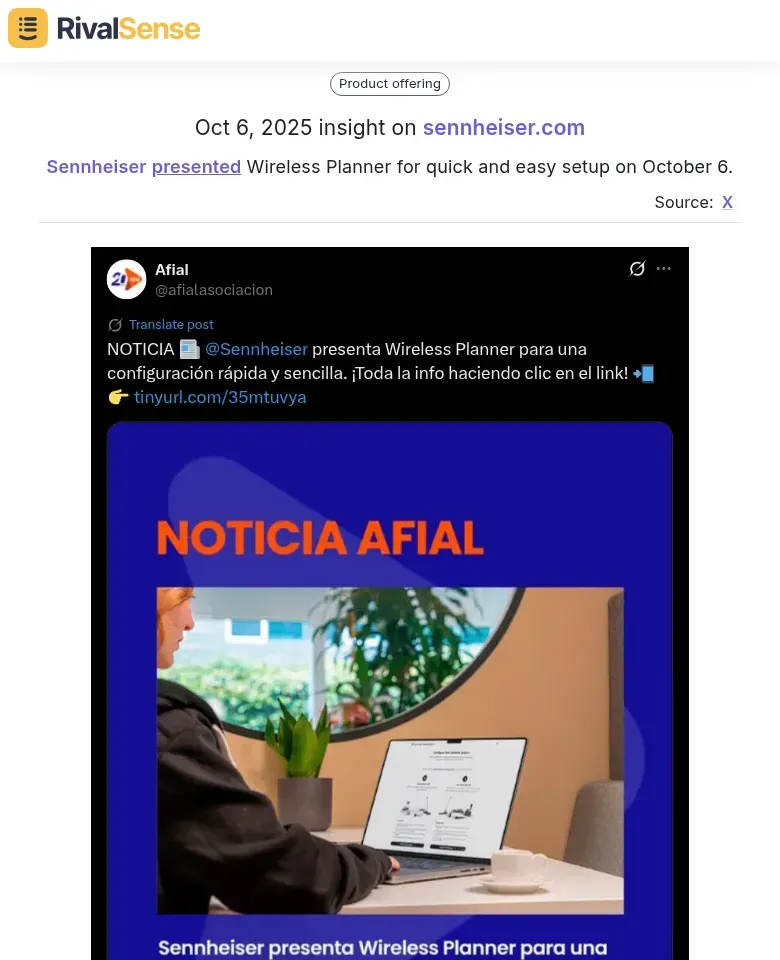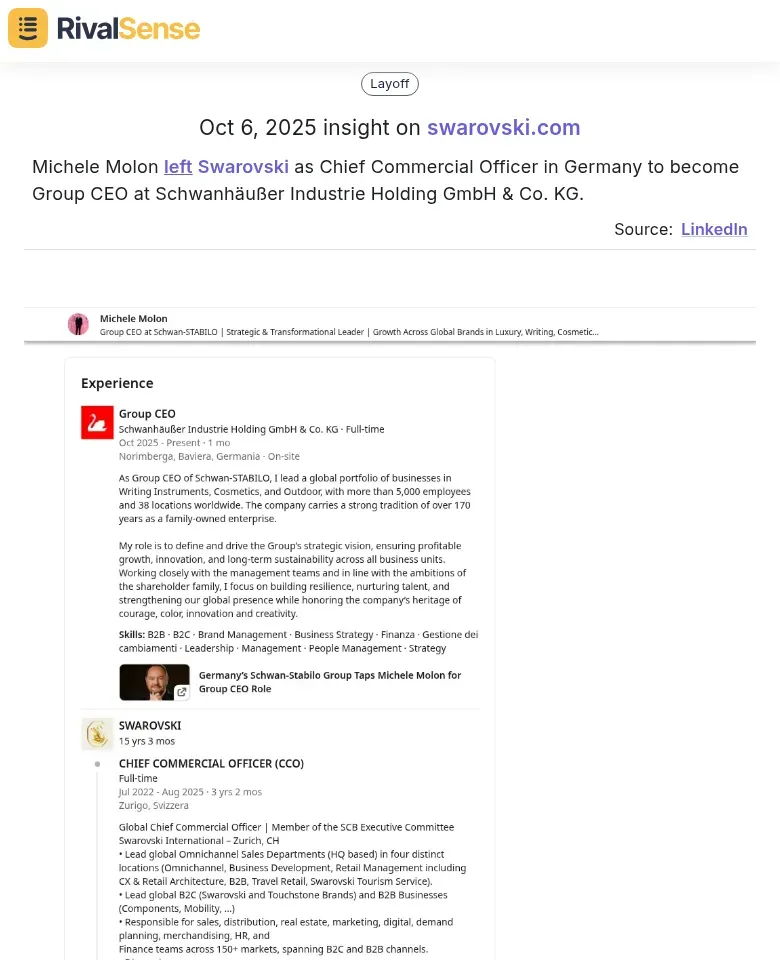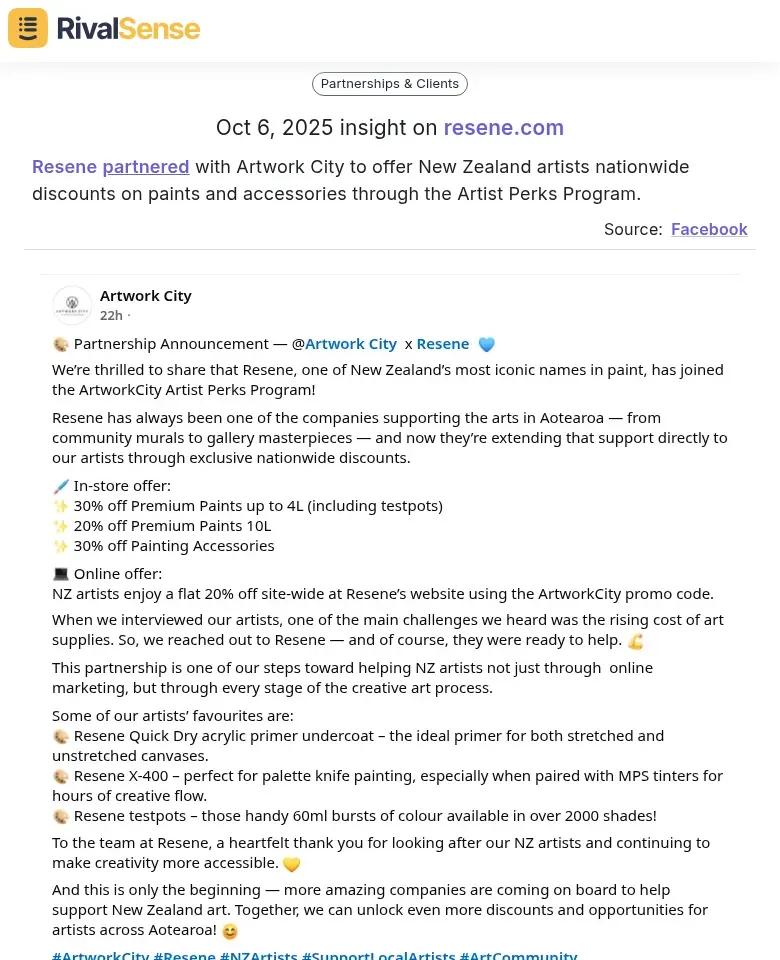The Ultimate Guide to Competitor Market Share Analysis: How to Gain Your Competitive Edge
Market research helps you find customers for your business, while competitive analysis helps you make your business unique. When you combine them with competitor market share analysis, you unlock the power to not just understand your market—but dominate it effectively. Market share analysis goes beyond simply identifying competitors—it reveals who's winning, why they're winning, and most importantly, how you can capture their customers strategically.
In today's fast-paced business environment, understanding competitor market share isn't just nice-to-have intelligence—it's essential for survival and growth. This guide will walk you through a practical framework to analyze and leverage market share data for better decision-making.
Why Competitor Market Share Analysis Matters More Than Ever
Market share analysis provides the critical context that transforms raw data into actionable strategy, giving you a clear picture of your competitive landscape. It answers fundamental questions that every business leader needs to address for sustained success.
Key questions it helps answer include:
- Who owns the customer base you want?
- What strategies are working for your competitors?
- Where are the gaps in the market you can exploit?
- How quickly is the competitive landscape changing?
Without understanding market share, you're essentially flying blind in a crowded marketplace, missing opportunities to pivot and grow.
The 5-Step Framework for Effective Competitor Market Share Analysis
Step 1: Identify Your True Competitors
Your competitive analysis should identify your competition by product line or service and market segment to ensure you're not overlooking key players. But don't stop at the obvious competitors—dig deeper to uncover hidden threats and opportunities.
Assess the full spectrum of competition:
- Direct competitors offering identical solutions
- Indirect competitors solving the same customer problem differently
- Emerging threats that could disrupt your market
- Substitute solutions that customers might choose instead
Practical Tip: 🛠️ Create a competitor matrix that maps each player against key market segments and product categories to visualize overlaps and gaps.
Step 2: Gather Comprehensive Market Intelligence
Traditional market research blends consumer behavior and economic trends to confirm and improve your business idea, providing a foundational understanding. But for market share analysis, you need deeper competitive intelligence that goes beyond surface-level data.
Focus on gathering data such as:
- Market size and growth rates across different segments
- Competitor revenue estimates and customer counts
- Pricing strategies and discount patterns
- Customer acquisition costs and lifetime value
Checklist: Essential Market Share Data Points ✅
- [ ] Total addressable market size
- [ ] Serviceable available market
- [ ] Serviceable obtainable market
- [ ] Competitor revenue estimates
- [ ] Customer base sizes
- [ ] Market growth rates by segment
Step 3: Analyze Competitor Strengths and Weaknesses
Analyzing competitor strengths and weaknesses allows you to pinpoint where you can outperform them and capture market share. This step involves a detailed assessment of the competitive landscape to identify vulnerabilities and advantages.
Key areas to evaluate include:
- Market share distribution across competitors
- Strengths and weaknesses of each player
- Your window of opportunity to enter specific market segments
- The importance of your target market to your competitors
- Any barriers that may hinder market entry
Practical Example: If Competitor A dominates the enterprise segment with 60% market share but ignores SMBs, that's your opportunity. If Competitor B is losing market share due to poor customer service, that's your opening to differentiate.
Step 4: Track Dynamic Market Movements
Market share isn't static—it's constantly shifting due to various factors like product innovations and strategic changes. The most successful companies track these movements proactively to stay ahead of the curve.
Monitor key areas such as:
- Product launches and updates that could shift market dynamics
- Pricing changes that might attract or repel customers
- Partnership announcements that expand competitor reach
- Management changes that signal strategic shifts
- Media mentions and sentiment that influence brand perception
Real-World Insight: For example, when Sennheiser presented the Wireless Planner for quick and easy setup, it highlighted their focus on enhancing user experience. Tracking such product launches helps you anticipate shifts in customer preferences and adjust your innovation strategy accordingly. 
Another critical movement is management changes, like Michele Molon leaving Swarovski as Chief Commercial Officer in Germany to become Group CEO at Schwanhäußer Industrie Holding GmbH & Co. KG. Such insights reveal potential strategic redirections, allowing you to adapt your approach to new leadership dynamics. 
Partnerships can also redefine market reach, as seen when Resene partnered with Artwork City to offer New Zealand artists nationwide discounts through the Artist Perks Program. Monitoring partnerships helps you identify collaborative threats or opportunities to expand your own network. 
Insight: Companies that consistently track these movements are 3x more likely to anticipate market shifts before they happen, giving them a strategic edge.
Step 5: Translate Analysis into Action
Your market share analysis is useless unless it drives concrete decisions that impact your business outcomes. Use your findings to make informed moves that capitalize on competitor weaknesses and market opportunities.
Actionable steps include:
- Target underserved market segments where competitors are weak
- Differentiate your offering based on competitor gaps
- Adjust pricing strategies to compete effectively
- Allocate resources to high-opportunity areas
- Time market entry for maximum impact
The Modern Approach: Automated Competitive Intelligence
While traditional methods like surveys and focus groups provide valuable insights, they're often too slow for today's dynamic markets, leading to missed opportunities. The most forward-thinking companies are turning to automated competitive intelligence platforms to stay agile and informed.
Why Automation Matters:
- Real-time monitoring of 80+ data sources
- Weekly consolidated reports delivered automatically
- Comprehensive tracking of product launches, pricing updates, partnerships, and more
- Early warning systems for competitive threats
At RivalSense, we've seen how automated competitor tracking transforms market share analysis from a quarterly exercise into a continuous strategic advantage. Our platform monitors everything from competitor website changes to social media announcements and regulatory filings, delivering actionable insights in weekly email reports.
Practical Implementation: Your Market Share Analysis Toolkit
Free Resources for Initial Analysis
There are many reliable sources that provide customer and market information at no cost, making it accessible for businesses of all sizes. Leveraging these resources can give you a solid starting point without significant investment.
Key free resources include:
- General business statistics: NAICS, U.S. Census Business Builder
- Consumer statistics: Consumer Credit Data, Consumer Product Safety
- Demographics: U.S. Census Bureau, Bureau of Labor Statistics
- Economic indicators: Consumer Price Index, Bureau of Economic Analysis
Advanced Techniques for Deeper Insights
For more nuanced analysis, incorporate advanced methods that delve into customer behavior and competitive gaps. These techniques provide a competitive edge by uncovering hidden opportunities.
- Customer switching analysis: Track why customers leave competitors to improve retention.
- Feature gap analysis: Identify what competitors lack that you can provide to differentiate.
- Geographic penetration mapping: Visualize where competitors are strong/weak to target new regions.
- Customer sentiment tracking: Monitor social media and review platforms to gauge brand perception.
Common Pitfalls to Avoid
Avoiding common mistakes in market share analysis ensures your efforts yield accurate and actionable results. Many businesses fall into traps that undermine their competitive intelligence.
Key pitfalls include:
- Analysis paralysis: Don't get stuck in endless data collection—focus on insights that drive decisions.
- Static thinking: Market share changes constantly—update your analysis regularly.
- Ignoring indirect competitors: Often the most dangerous threats come from unexpected directions.
- Over-reliance on public data: Supplement with primary research when possible for deeper insights.
Conclusion: Turning Market Share Intelligence into Competitive Advantage
Competitor market share analysis isn't just about copying what others are doing—it's about understanding the battlefield so you can choose where and how to compete most effectively. By implementing a structured approach, you can transform data into a powerful tool for growth.
The companies that consistently win aren't necessarily the ones with the best products, but the ones with the best intelligence about their competitive landscape. Start with free resources, but consider how tools like RivalSense can automate and enhance your analysis.
Ready to gain your competitive edge? Try RivalSense for free at https://rivalsense.co/ and get your first competitor report today to uncover actionable insights that drive market share growth.
📚 Read more
👉 Track Competitor Partnerships: A Media Buying Agency's Strategic Guide
👉 How Kérastase's Launch Alert Drove Competitor's Strategic Move
👉 Track Website Changes for Key Account Growth Insights
👉 Luxury Haircare Key Account Success: Kérastase Case Study
👉 Competitor Market Entry Insights: Benchmarking Reports for Strategic Growth
